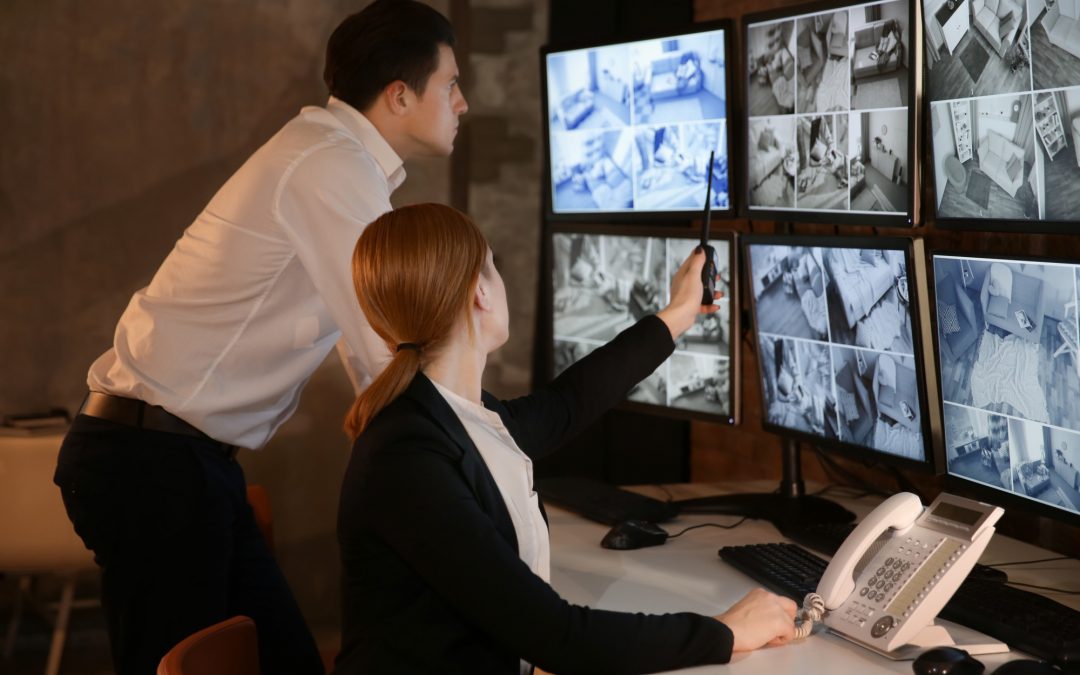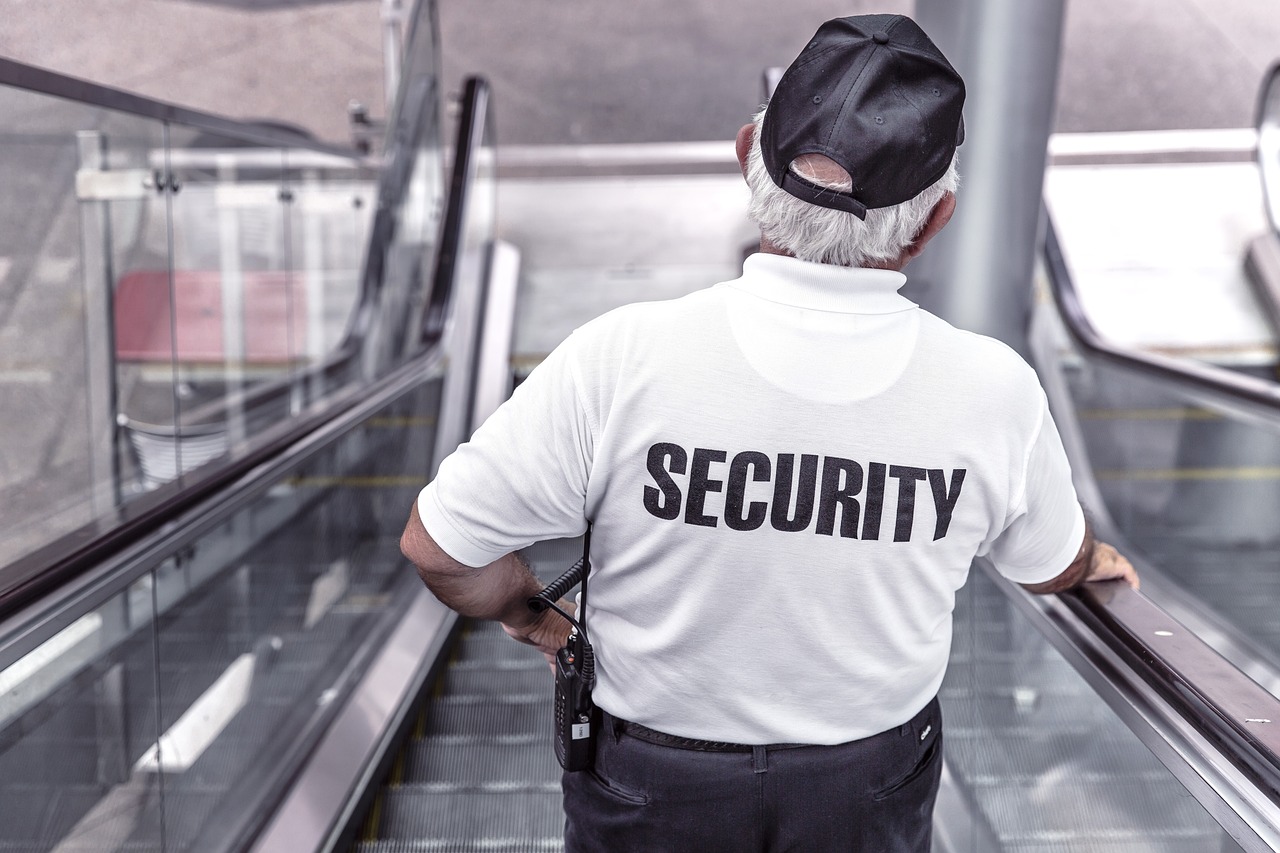Effective patrolling is a fundamental aspect of corporate security, corporate security guards to detect and deter threats, ensure the safety of personnel and assets, and maintain a secure environment within corporate premises. This article explores various patrolling techniques and tactics employed by corporate security guards to enhance security effectiveness and mitigate risks.
Understanding the Importance of corporate security guards
- Deterrence: Regular patrols act as a visible deterrent to potential intruders, trespassers, and criminal elements, dissuading them from attempting unauthorized entry or engaging in illicit activities within corporate facilities.
- Detection: corporate security guards allows security guards to actively monitor areas for signs of suspicious behavior, unauthorized access, or security breaches, enabling them to detect and respond to security threats in a timely manner.
- Response: In the event of security incidents or emergencies, patrolling security guards are often the first responders on the scene, providing immediate assistance, coordinating emergency response efforts, and mitigating risks to personnel and property.
Patrolling Techniques and Tactics:
-
Randomized Patrols:
- Randomized patrols involve varying patrol routes, timings, and patterns to prevent predictability and enhance security effectiveness. Security guards strategically patrol different areas of corporate premises at irregular intervals, making it difficult for potential threats to anticipate their movements.
-
Fixed Point Patrols:
- Fixed point patrols involve stationed security guards positioned at specific checkpoints, entry/exit points, or critical infrastructure within corporate facilities. These guards monitor designated areas for unauthorized access, conduct access control checks, and provide assistance to employees and visitors as needed.
-
Foot Patrols:
- Foot patrols require security guards to patrol designated areas on foot, providing close observation of surroundings and immediate responsiveness to security incidents. Foot patrols are particularly effective in indoor environments, parking lots, and other areas where vehicular patrols may be limited.
-
Vehicle Patrols:
- Vehicle patrols involve security guards patrolling corporate premises in marked or unmarked vehicles, covering large areas quickly and efficiently. Vehicle patrols are ideal for large campuses, industrial sites, and multi-building complexes, allowing security guards to respond rapidly to incidents and conduct visual inspections of perimeter fencing, access gates, and exterior areas.
-
High-Visibility Patrols:
- High-visibility patrols involve security guards wearing distinctive uniforms or carrying visible security equipment such as flashlights, batons, or radios to enhance their presence and deterrence value. High-visibility patrols can instill a sense of security among employees, visitors, and stakeholders, promoting compliance with security policies and procedures.
-
Covert Surveillance:
- Covert surveillance techniques may be employed in conjunction with overt patrolling to gather intelligence on potential security threats or suspicious activities discreetly. Undercover security guards blend into the environment, observing and documenting activities without drawing attention to themselves, enabling proactive intervention and threat mitigation.
-
Collaborative Patrols:
- Collaborative patrols involve security guards working together in teams to cover larger areas, coordinate response efforts, and provide mutual support. Collaborative patrols enhance situational awareness, communication, and effectiveness, allowing security guards to respond more effectively to security incidents and emergencies.
Best Practices for Effective Patrolling:
-
Thorough Planning and Preparation:
- Before commencing patrols, security guards should conduct thorough risk assessments, familiarize themselves with patrol routes and areas of responsibility, and identify potential security vulnerabilities or hotspots requiring increased vigilance.
-
Maintain Situational Awareness:
- Security guards should remain alert and attentive during patrols, constantly scanning their surroundings for signs of suspicious activity, unauthorized access, or security breaches. Maintaining situational awareness enables guards to detect threats early and respond promptly to security incidents.
-
Effective Communication:
- Clear and effective communication is essential for coordinating patrols, sharing information, and responding to security incidents. Security guards should maintain regular communication with supervisors, fellow guards, and emergency response teams via two-way radios, mobile phones, or other communication devices.
-
Documentation and Reporting:
- Security guards should document patrol activities, observations, and security incidents in detailed patrol logs or incident reports. Accurate documentation provides a record of security activities, aids in incident investigation, and supports accountability and compliance with regulatory requirements.
-
Continuous Training and Development:
- Ongoing training and development are essential for enhancing patrolling skills, knowledge, and effectiveness. Security guards should receive regular training on patrolling techniques, conflict resolution, emergency response procedures, and relevant legal and regulatory requirements to maintain proficiency and readiness.
Conclusion:
Effective patrolling is a cornerstone of corporate security, enabling security guards to detect, deter, and respond to security threats and incidents proactively. By employing a variety of patrolling techniques and tactics such as randomized patrols, fixed point patrols, foot patrols, and vehicle patrols, corporate security guards can enhance security effectiveness, mitigate risks, and maintain a safe and secure environment within corporate premises. Additionally, adherence to best practices such as thorough planning and preparation, maintaining situational awareness, effective communication, documentation, and continuous training ensures that security guards are well-equipped to fulfill their roles and responsibilities effectively.



